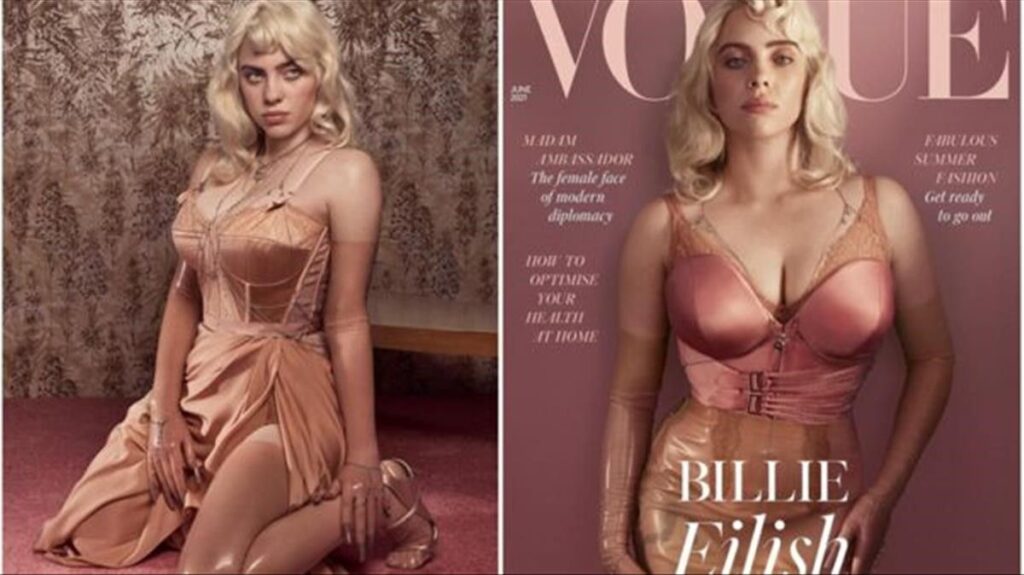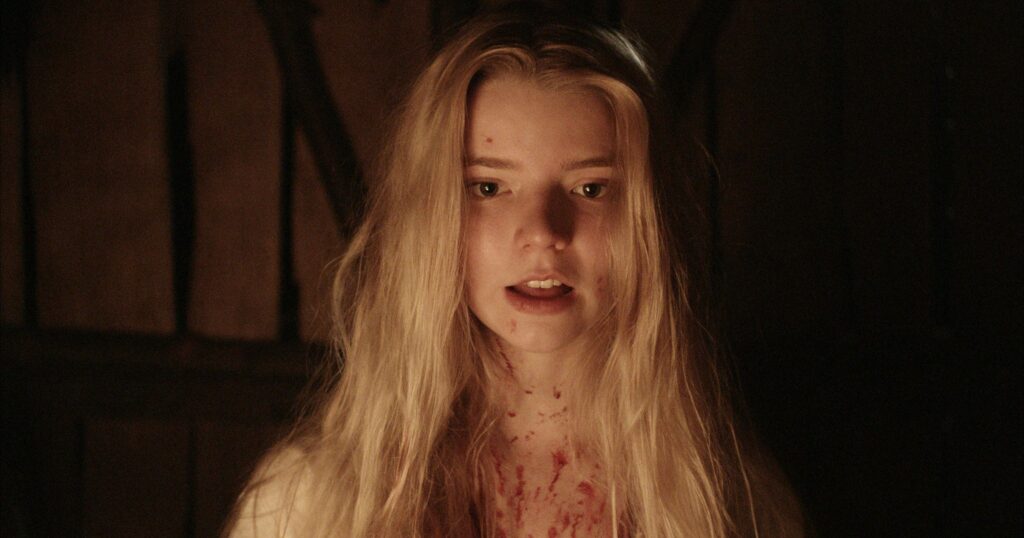The power and mystery of the female body has been examined and expressed since the dawn of cinema. From the mere raised eyebrow of Jennifer Ehle in Pride and Prejudice to Sharon Stone uncrossing her legs in Basic Instinct, we have seen the role of sexuality displayed both as beautiful and dangerous throughout filmmaking.
So, in the wake of Billie Eilish moving from ‘covered teen’ to ‘sexual woman’, on the cover of Vogue, I thought it would be a good time to examine how this transition is depicted in films. Puberty is always somewhat dramatic, but whereas men tend to get their voices breaking and balls dropping depicted in funny skits like Superbad or tender and nostalgic tales such as Mud and Stand By Me, the depiction of women coming of age is far more sinister. As society once again demonstrates the truth behind the ‘Madonna/Whore’ theory through its reaction to Billie, so too do several of my favourite films. In particular, the horror genre has always adopted this liminal female state as a motif in many of its finest offerings.

In Robert Eggers masterpiece The Witch Thomasin, Anya Taylor Joy, is the unwitting catalyst that turns her highly religious New England family in on itself. Set in the 1630’s Thomasin becomes a threat to her mother and an object of temptation to her male relatives almost overnight when she turns fourteen. Despite initially being defended by her father, she is ultimately used as a scapegoat for the sins of the others as the family perform a literal hunt for the witch who took Thomasin’s baby brother.
Though arguably the film’s most innocent character, Thomasin ultimately plunges into sin herself. In what can be seen as an open expression of her own sexuality, she sheds her puritanical clothing to walk naked into the woods and join other ‘witches’.

Eggers’ film is a haunting depiction of how society views female puberty; with fear. Thomasin is sexualised and demonised by her society well before she recognises this change in herself. She then becomes a pariah of that society and is forced to conform to their worst fears before she is ready – becoming sexualised. However, Thomasin goes a step further, by leaving that society and recognising the power of her own sexuality as an individual.
Eggers’ film may fall down as a feminist piece as when Thomasin embraces her sexuality she makes a pact with the devil and so becomes the incarnation of evil itself. However, I would argue that this is not the point Eggers is making, more that he is commenting on how society views a sexually empowered female: Evil and dangerous.
It is, therefore, of little wonder that horror as a genre seeks to address female puberty so often and so well. Though the film is set over 500 years ago there are certainly parallels to be drawn in real life today. Part of the reason I love the horror genre is that it so beautifully uses metaphors and myths to address stories that address our worst fears. As individuals this could be death, grief and uncertainty. However, as we have seen in The Witch and with the case of Billy Eilish, as a society it could be something as simple as a woman who has committed the sin of ageing and taking ownership of her own body.
By Ella Spottiswood

Ella is a Freelance Director/Producer and the co-founder of Soldi Films. When she isn’t making, watching or talking about films, she is writing about them here!
